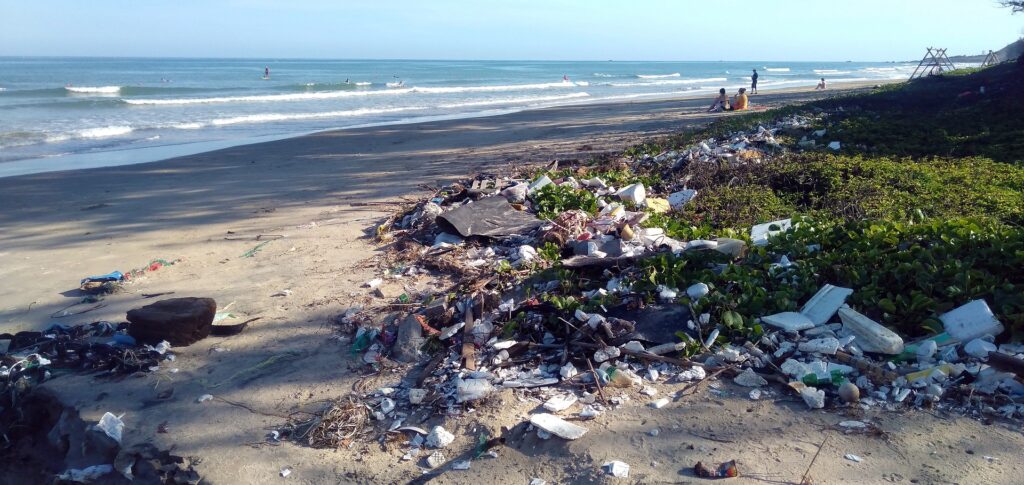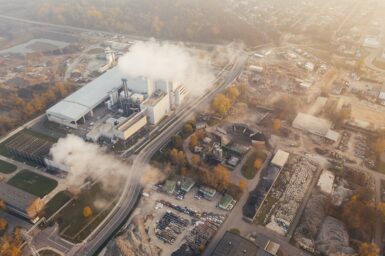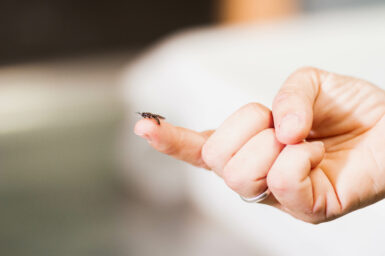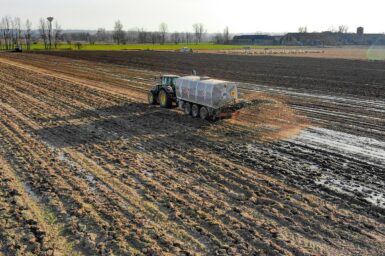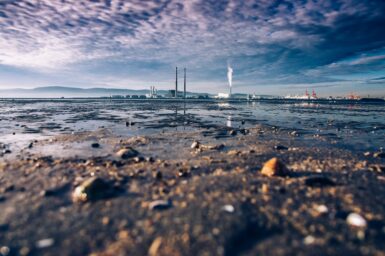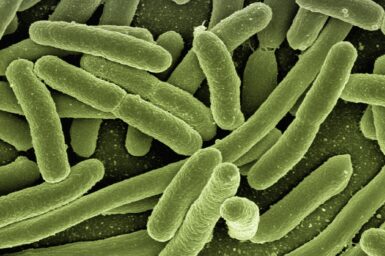The microbiome of plastic contaminated aquatic environments – bioprospecting for a solution to the plastic problem.
Plastic pollution in aquatic ecosystems is a significant global challenge. Researchers are examining the microbial communities in these environments to find novel solutions to the plastic problem.
The challenge
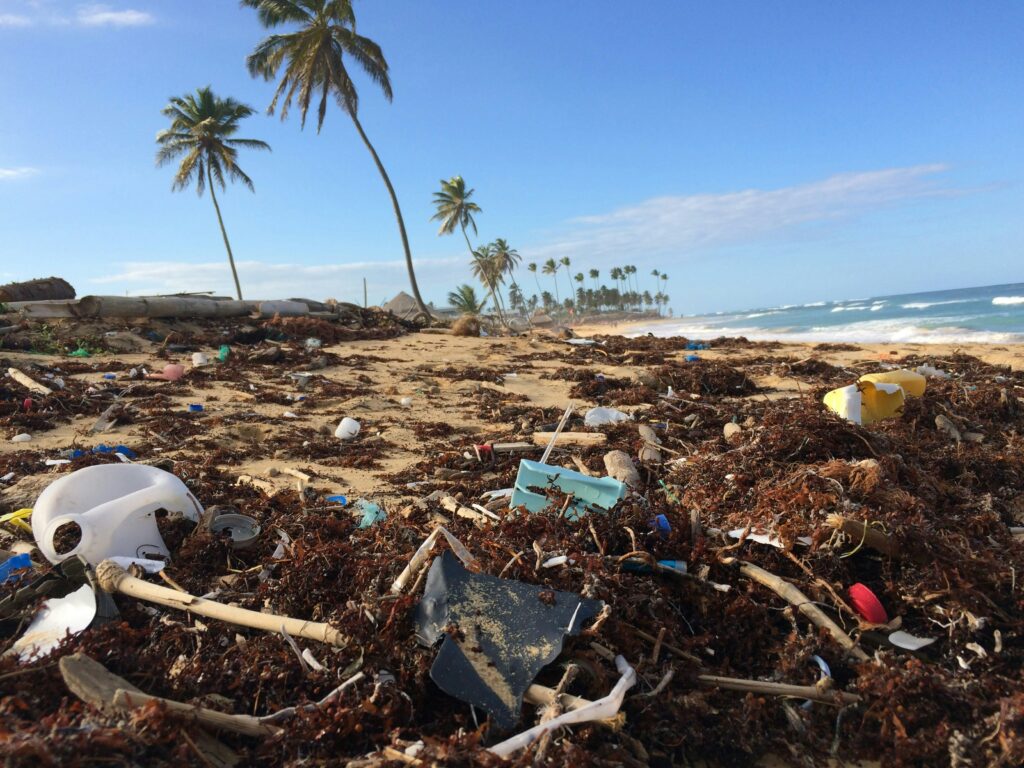
Credit – Dustan Woodhouse
Plastic waste is a by-product of human activity and is found in all parts of the globe. Unless plastic waste is burned, which itself causes pollution, most of the plastic manufactured still exists today. Furthermore, global plastic production has steadily increased since 1976 because of its low-cost manufacture and the universally useful characteristics of plastics. When plastics enter the aquatic ecosystem as refuse, the physical presence of plastics injures marine life as well as releases contaminants (dyes and plasticisers) into the surrounding environment.
To tackle this problem, microbial breakdown of plastics is considered as a potential solution. Various microbes, including bacteria, archaea, algae and fungi, have been identified as plastic degraders. CSIRO has been researching how to use microbes to tackle similar complex environmental challenges such as using microorganisms to biorecycle plastic in industrial waste streams and breakdown PFAS in the environment. However, this research is focused on the use of microbes to breakdown plastic already in the environment and aims to find a novel approach to this global problem.
Our response
Use multi-omic techniques to examine the microbial communities in plastic contaminated aquatic environment. Multi-omic techniques will provide detailed insights into structure (what microbes are present) and function (what the microbes are doing) of the communities present. The aim is to identify key microbes responsible for the breakdown of plastics, such as polystyrene (the most abundant plastic in environmental samples surveyed), polyethylene and polypropylene. The research will build knowledge on how these microbial communities function in plastic contaminated environments. This understanding will guide future development of microbial breakdown methods and management approaches of plastic in the environment.
The team
Dr Jen Middleton – Collaborative partner from the University of Western Australia
Dr Renae Hovey – Collaborative partner from the University of Western Australia
